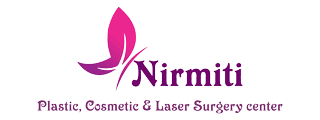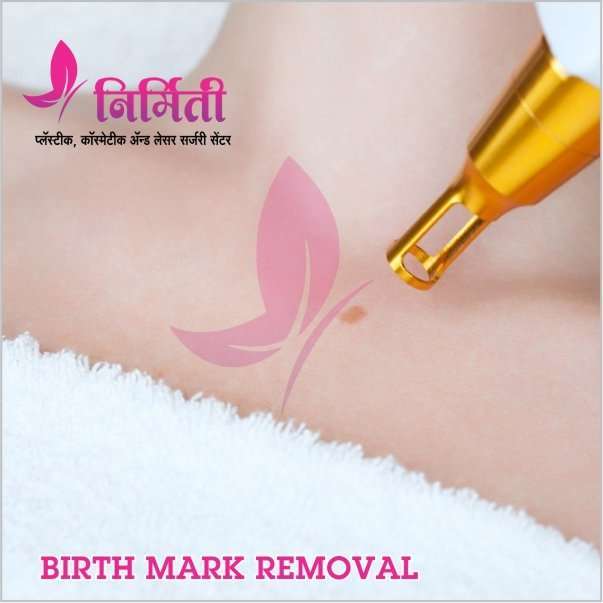Birth Mark Removal
Any mark, spot or bump that is present in or around the time of birth on the skin of an infant is a birthmark. Birthmark removal can be a very important treatment, both cosmetically and medically. There are many types of birthmarks like pigmented birthmarks, vascular birthmarks.
What Is A Birthmark?
Any mark, spot or bump that is present in or around the time of birth on the skin of an infant is a birthmark. Mothers are fond of giving these rather romantic names such as angel’s kisses, stork bites or beauty marks. Most of these lesions are not particularly esthetically desirable.
Causes Of Birthmark Removal
Most birthmarks are probably due to defective migration of cells during fetal development. Once these cells start to multiply, they produce tissue with the characteristics of their cell type though they are not where those cells typically are located.
Birthmark Facts
- Birthmarks are composed of various types of normal tissue or pigment that have lost their way to their normal destination during fetal development.
- Most birthmarks are small and do not produce medical problems.
- The most common birthmarks are composed of either pigment-producing cells (melanocytes) or blood vessels.
- Rarely, certain birthmarks can be a clue to a more serious medical problem.
Is It Possible To Remove Or Fade Birthmarks?
It is now possible to treat many kinds of both pigmented and vascular birthmarks. The approach depends on the type of tissue involved and the risks versus the benefits of treatment. The pediatrician is an excellent source of information as to potential treatment options.
Gallery
Treatment For Birthmark Removal
A significant number of birthmarks fade away without any need for treatment. However, if the birthmark causes health problems, or if the patient feels strongly about getting rid of it, the doctor may recommend treatment.
Treatment can sometimes be painful and does not always work. Unless the birthmark is causing problems with sight, feeding, hearing, breathing or parents need to weigh the potential problems with the expected benefits for the child. It is important to understand that not all birthmarks can be treated.
In many cases the doctor may be able to make a fairly accurate prediction of how the child’s birthmark will progress.
- Propanol: A doctor may prescribe this for an infant to take by mouth. It helps stop the further development of hemangiomas by narrowing the existing blood vessels and preventing new ones from forming.
- Corticosteroids: Can be injected directly into the birthmark (hemangioma) or taken orally, to either stop it from growing or to shrink it.
- Interferon alfa-12: If the corticosteroid does not work, this medication may be used instead to shrink or stop the birthmark from growing.
- Laser therapy: commonly used for port wine stains and other birthmarks that are close to the skin’s surface.
- Surgery: if other therapies have not worked and the birthmark is causing a medical problem, the doctor may recommend surgery. Treatment options depend on several factors, including the location and severity of the birthmark.

